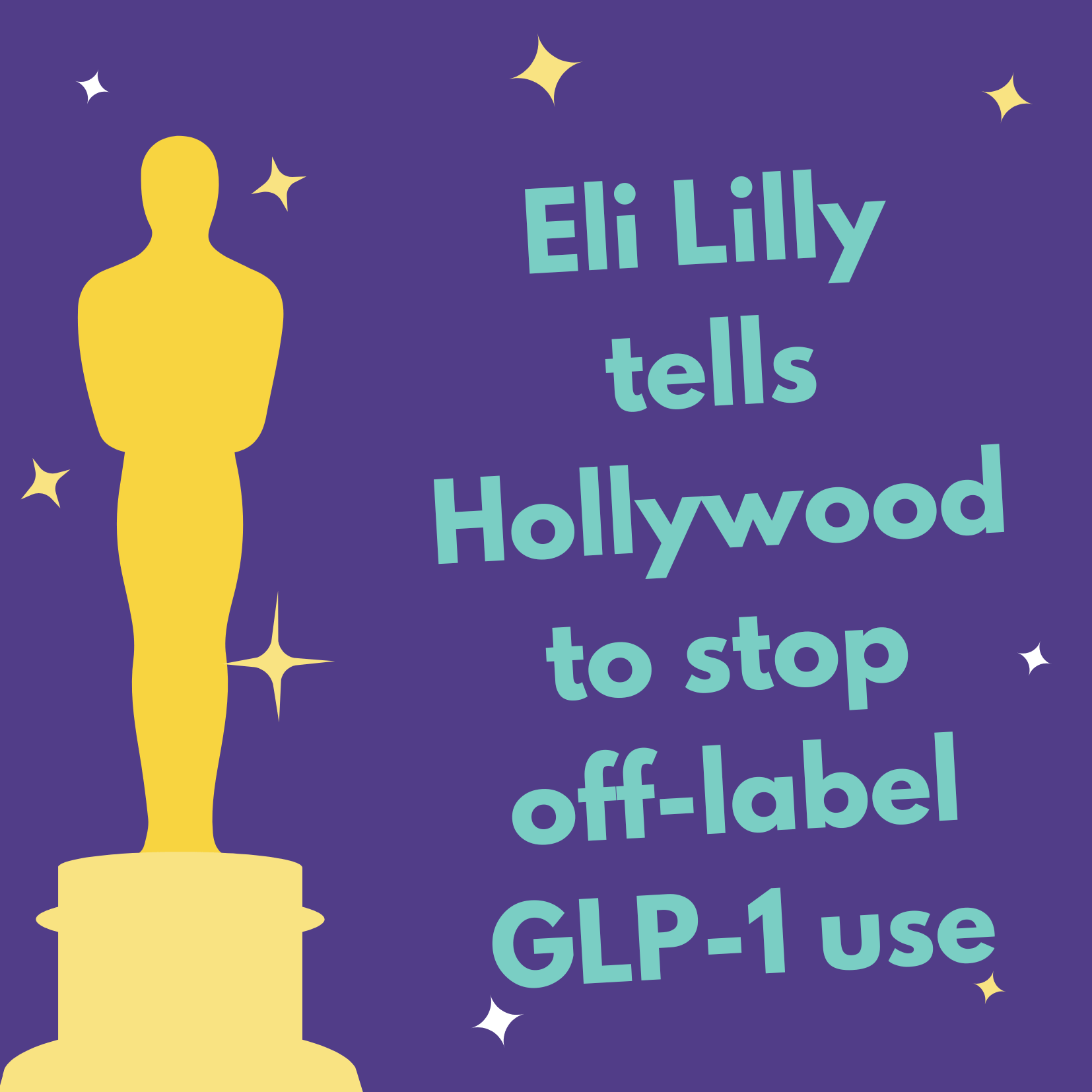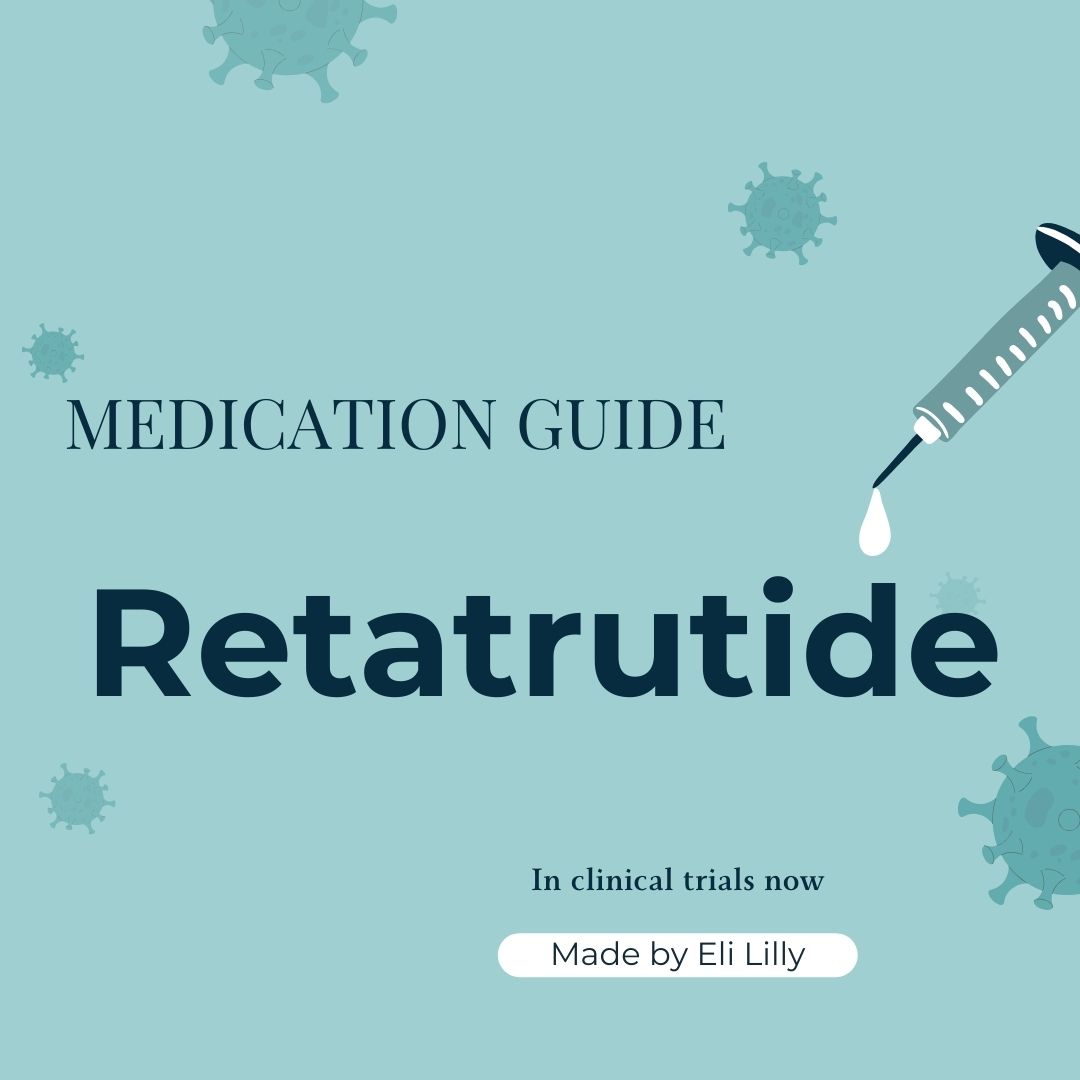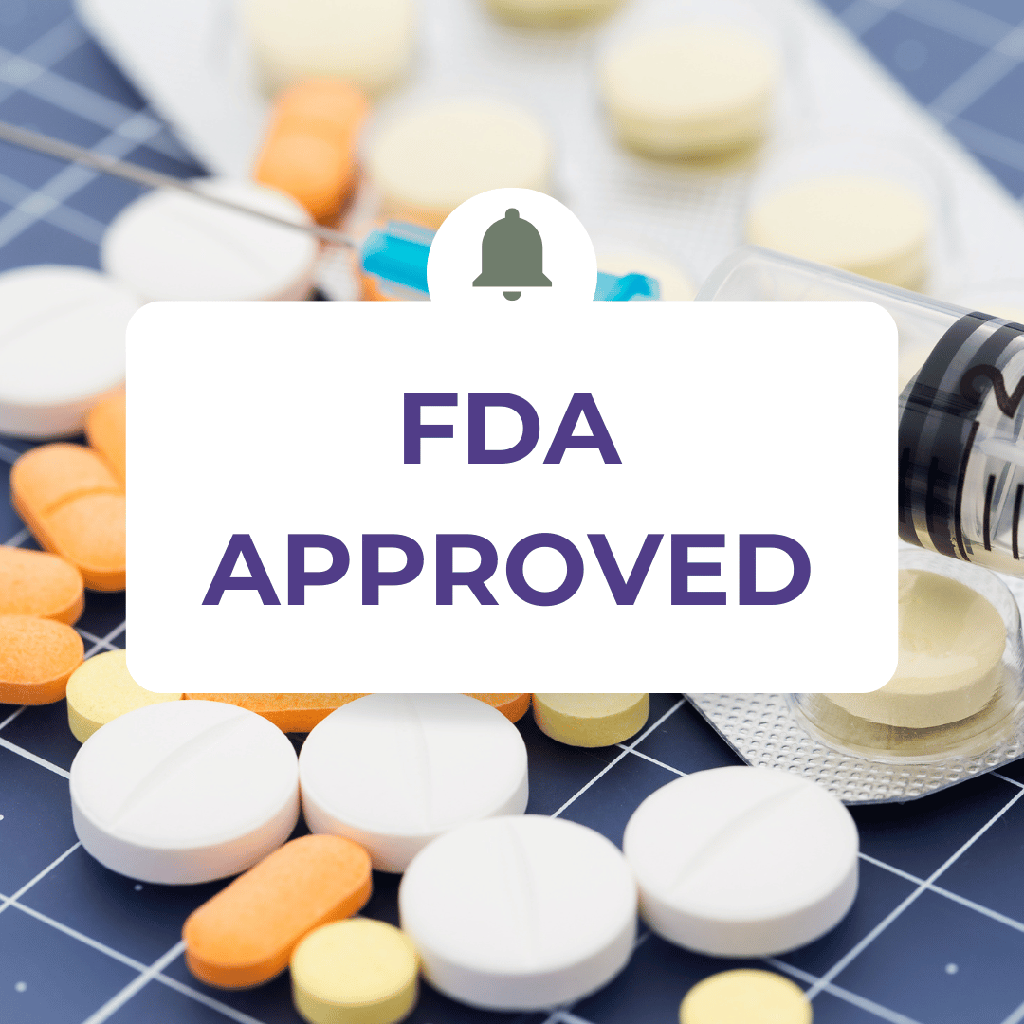Weight loss glossary – including GLP-1 terms
Your go-to weight loss glossary
Weight loss is a journey, and along this road, you’ll hear all kinds of terms. Refer to this weight loss glossary whenever you’re not quite sure what something means. This page is ever-evolving, so if you’d like me to add a definition, get in touch!
The wrap-up
This page is ever-evolving, so if you’d like me to add a definition, get in touch or post on the Shots to Shed Pounds Facebook page!






